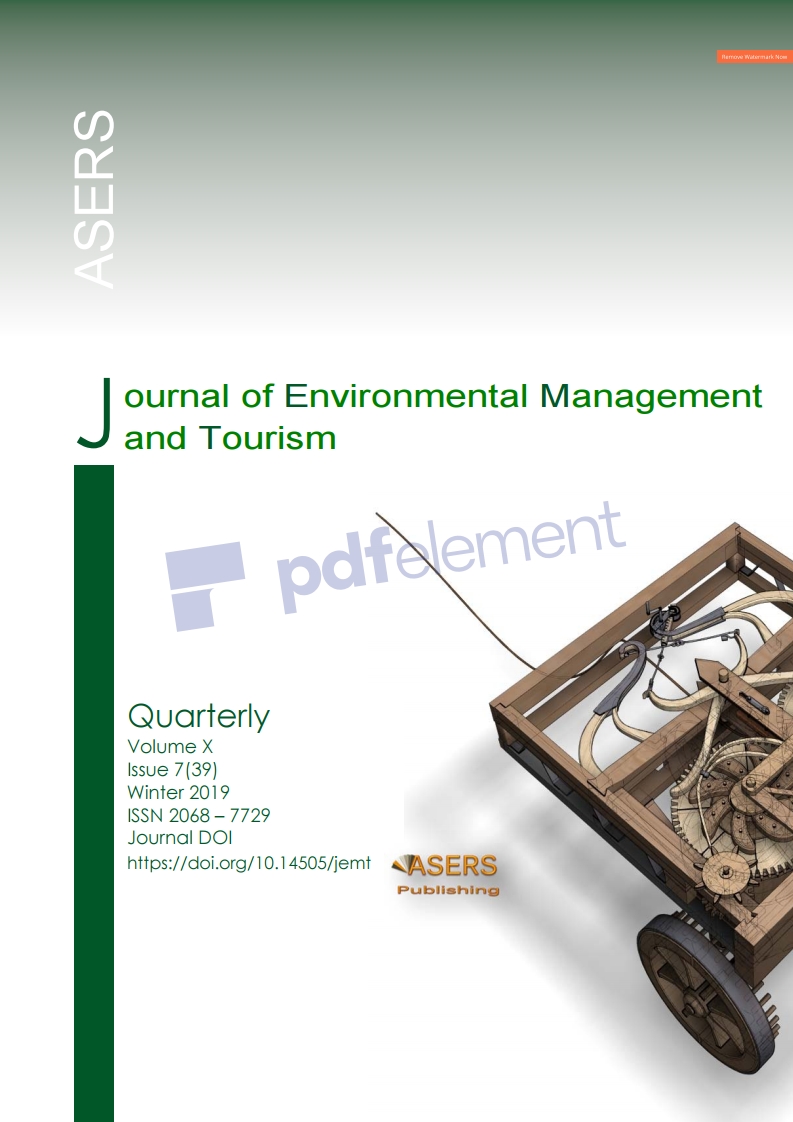Fed Intermittent Composting of Food Waste from Minor Touring City, Using Reactors with Different Passive Ventilation
Fed Intermittent Composting of Food Waste from Minor Touring City, Using Reactors with Different Passive Ventilation
Author(s): Isara Prohmdetbun, Thares Srisatit, Nisa PakvilaiSubject(s): Economy, Energy and Environmental Studies, Environmental and Energy policy
Published by: ASERS Publishing
Keywords: fed intermittent composting; food waste; composting; passive ventilation; bioreactors; organic waste;
Summary/Abstract: The purpose of this study is to evaluate the influence of air on the decomposition of food waste from minor touring city of Thailand using composting bioreactors with different ventilation. The reactors were made from 200L PE plastic bioreactors. There were 5 different bioreactors, each with a different vent volume. (These were 0%, 2.3%, 3%, 4.3% and 5.7% of bioreactor volume or 0, 1, 2, 4 and 6 PVC pipes of diameter 1¼", respectively. Each reactor also had a drain. The material to be composted was food scraps ground to a size less than 1.5 cm and mixed with rice husk, ash and saw dust at a ratio of 6: 1: 1 to achieve a C/N ratio of 35: 1. The Intermittently-Fed Composting (FIC) method was used, adding 4.5 kilograms of materials per day until 85 kg was added in total. The experiment was also subdivided into 2 types: bioreactors with added microbes (added-PD2); and those without added microbes (non-PD2). The experiment had a 60-day biodegradation period. Measurements of temperature, moisture content, and pH were taken and compost samples were analyzed for their germination index (GI) and quality, compared with Thailand compost standards. The results showed that the optimum air volume for composting was 3% of bioreactor volume, or 2 pipes. The composting time was 19 days with the highest temperature of 57-58°C and the temperature was held constant for 33 days. The organic waste decomposition and curing took a total of 57 days, with a GI value between 79-81% and the quality of the resulting fertilizer complied with standards. The main minerals in the compost were N, P and K, which were 1.25% -1.32%, 0.69% -0.76% and 0.93% -1.88%, respectively. It is concluded that different ventilation ratios affect the results for the decomposition of organic matter, with optimal ventilation being 3.0% of bioreactor volume or 2 pipes. There was a statistically significant difference between the results for compost with and without the addition of PD2.
Journal: Journal of Environmental Management and Tourism (JEMT)
- Issue Year: X/2019
- Issue No: 07 (39)
- Page Range: 1522-1531
- Page Count: 10
- Language: English
- Content File-PDF

